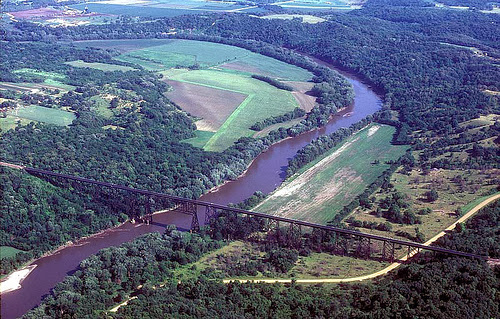 |
| Evan Carswell |
Evan Carswell was 16 when he passed away in March.
A lifelong Boy Scout - he was just a few badges away from earning Eagle Scout rank.
Evan Carswell first put on a Cub Scout uniform when he was 7-years old. From there - he moved on to Boy Scouts – camping, hiking and earning merit badges until he turned 16.
"We would still be in it now. He had two badges and a project to complete for the Eagle," said Evan's mother, Jennifer Carswell.
The Eagle Scout award - scouting's highest rank - is a rare honor that Evan was never able to earn. He died in March from brain cancer. "He did not battle cancer. It didn't change him; just revealed him to everybody," said Carswell.
During weeks of chemo and radiation treatments - Evan's mother says he would play practical jokes on his medical team. When doctors told him he was dying - Evan kept living - playing video games with friends while comforting his parents. He was not afraid.
"He always seemed so young. Last year, I knew him as a man," said Evan's father Ed Carswell.
Sunday - Troop 137 leaders presented Evan's family with the Spirit of the Eagle award. With a sole candle burning - friends reflected on Evan's attitude and humor during his sickness.
"I'm this close to getting my Eagle and it's not the easiest thing in the world. but I'm going to finish it. Cause Evan would want that. We talked about it," said Evan's friend Ben Coles.
The award - serving as a final salute and tribute to Evan - who scout leaders say completed the rank project - by going through what he did and becoming an example of courage.
Evan's mother says he wanted to be a history teacher - and was a great ballroom dancer.
But most of all - he had a big heart. She says he wanted his body donated to science - so that perhaps another family wouldn't have to go through what his has."
[from MyFoxAtlanta.com; November 15, 2010]
Find out more about Evan on the following links:
My Fox Atlanta News Report
Evan's Message








